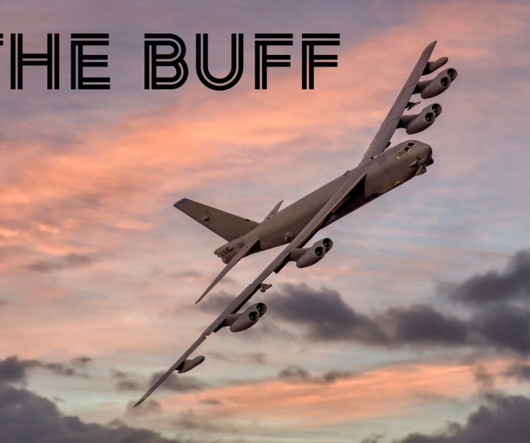How to Read a Windsock
Pilot Institute
JANUARY 3, 2025
These aircraft have lower crosswind limitations and are more affected by gusts and wind shear. The best windsocks strike a balance between weight and strength. A well-installed windsock should rotate freely on bearings, allowing it to turn smoothly as the wind direction shifts. Why does this matter? Why is this important?














Let's personalize your content